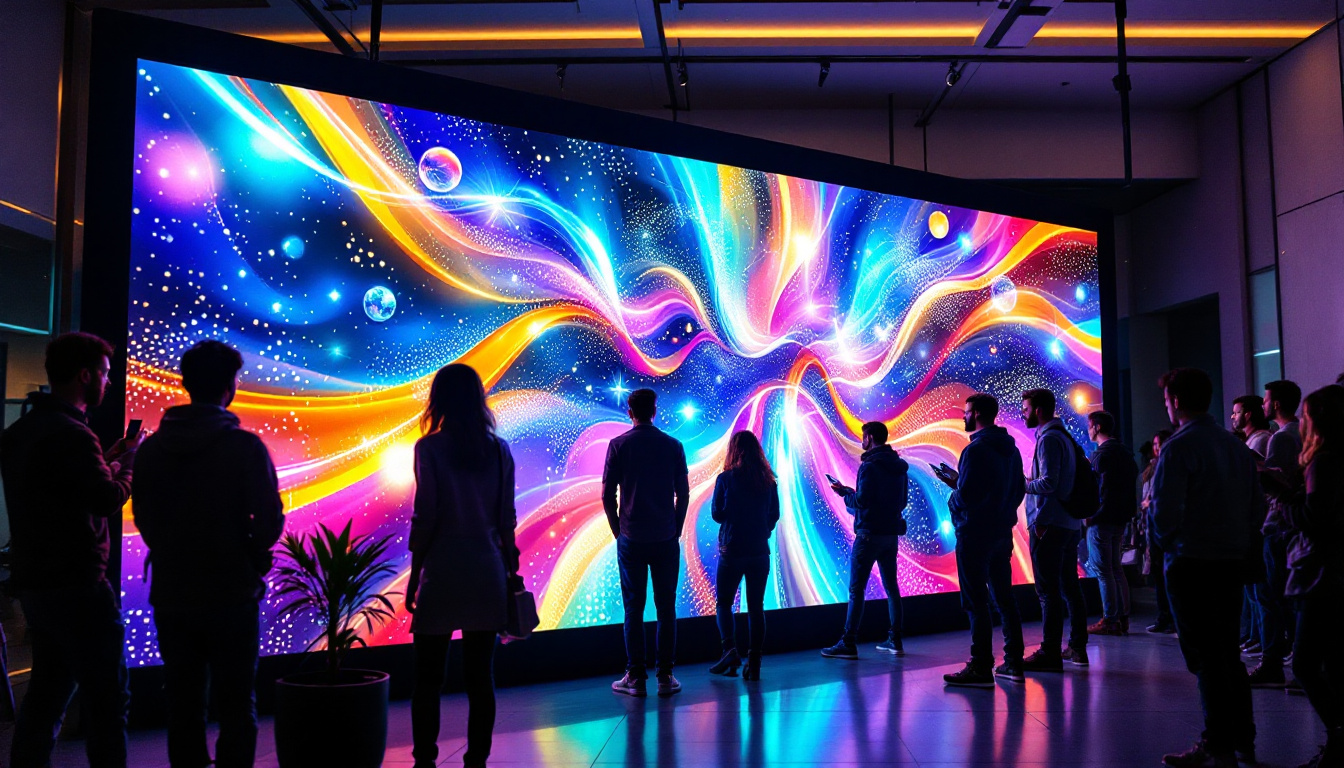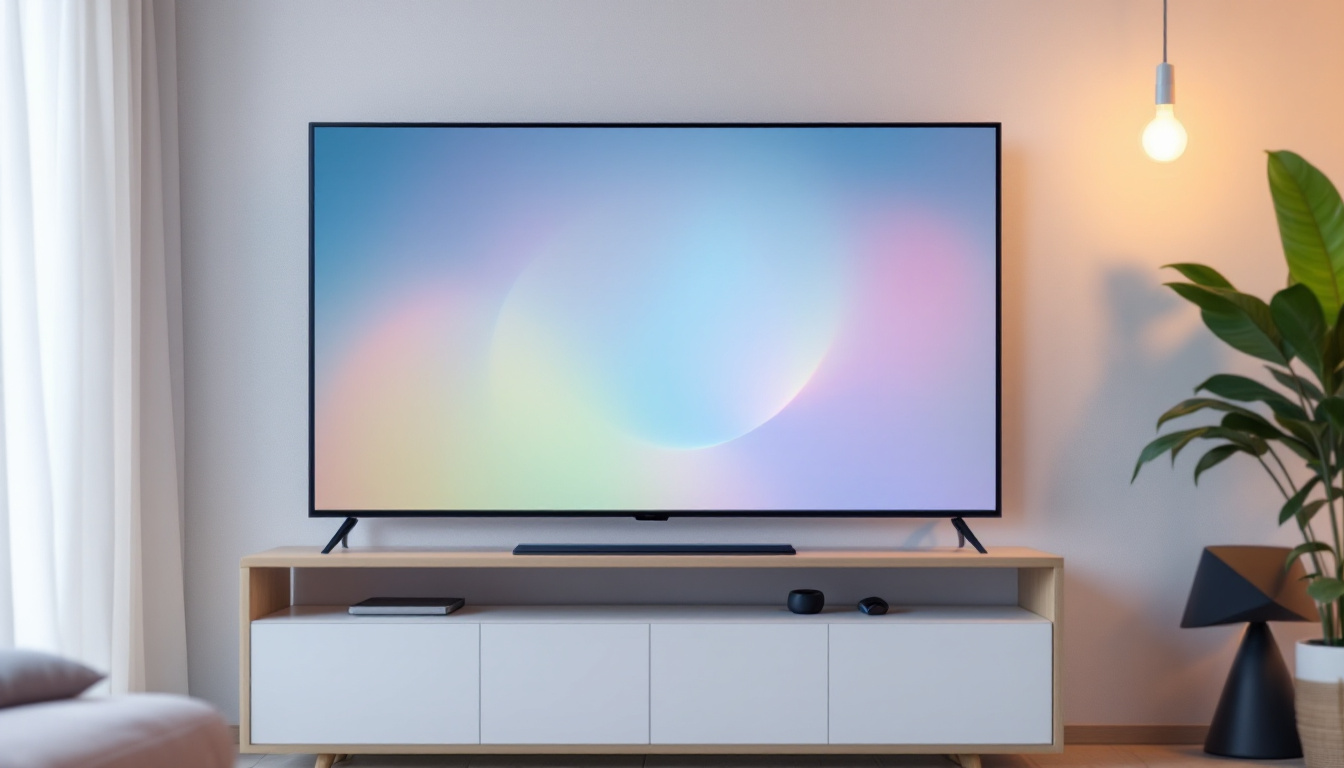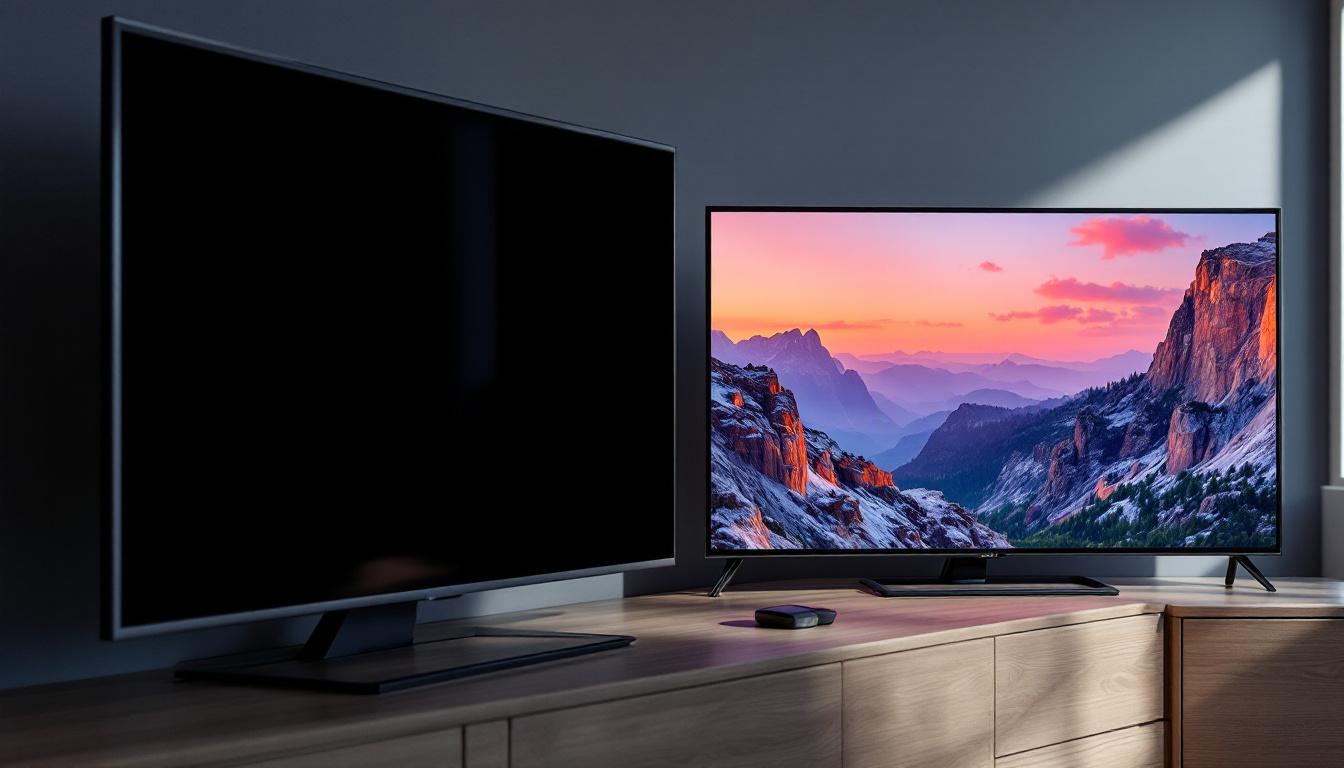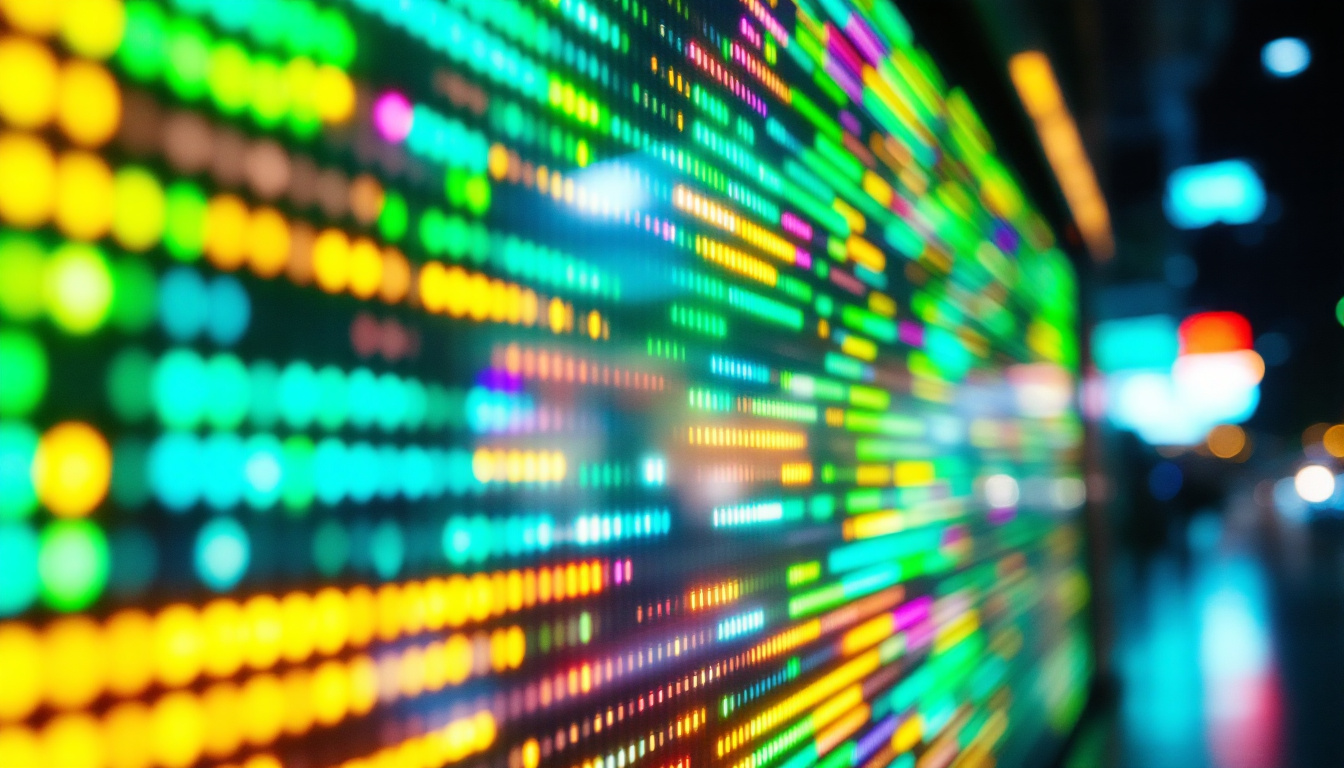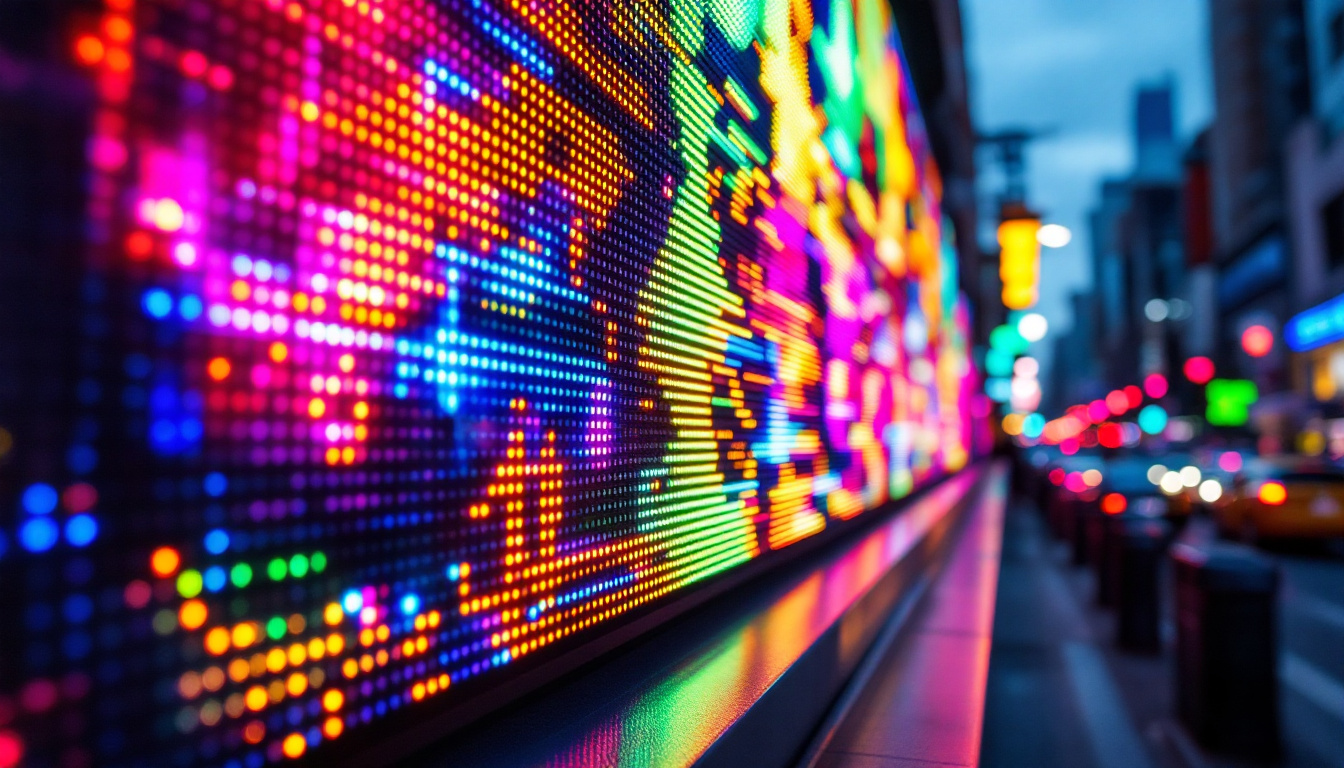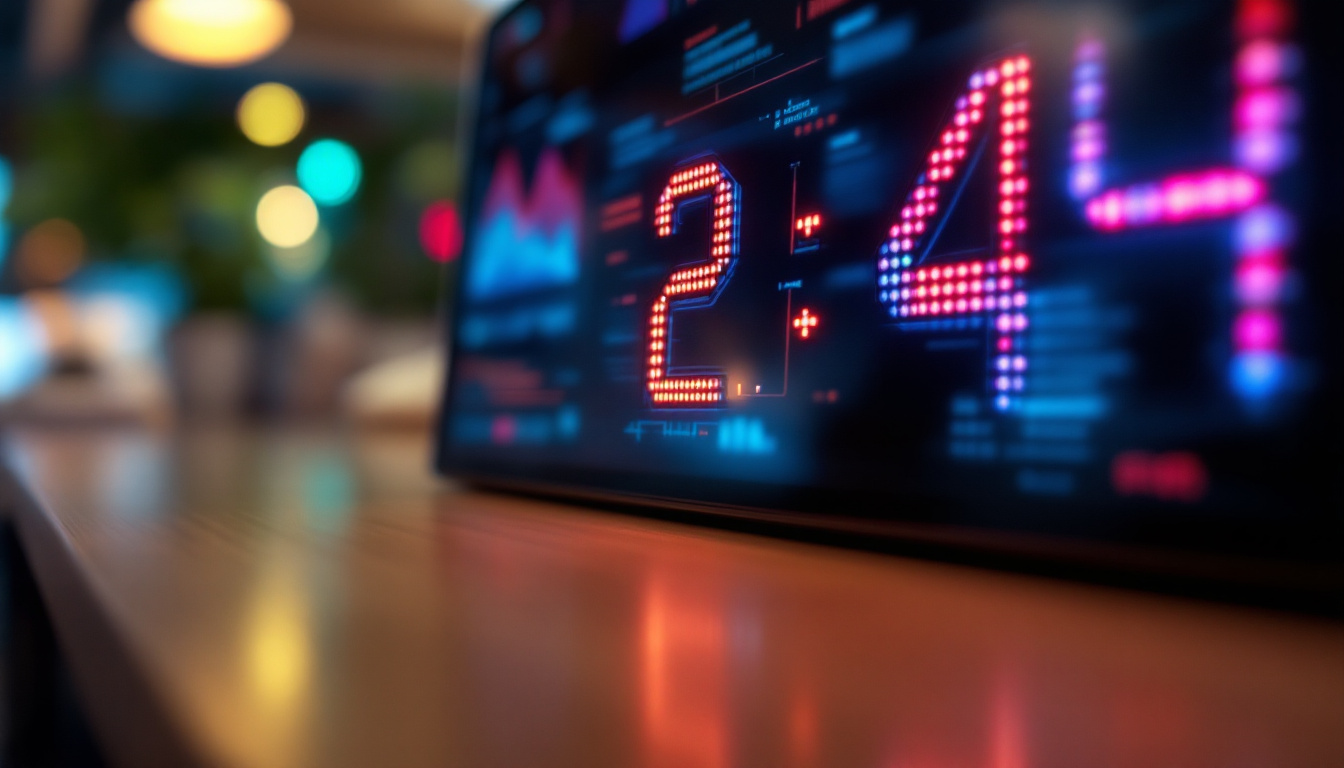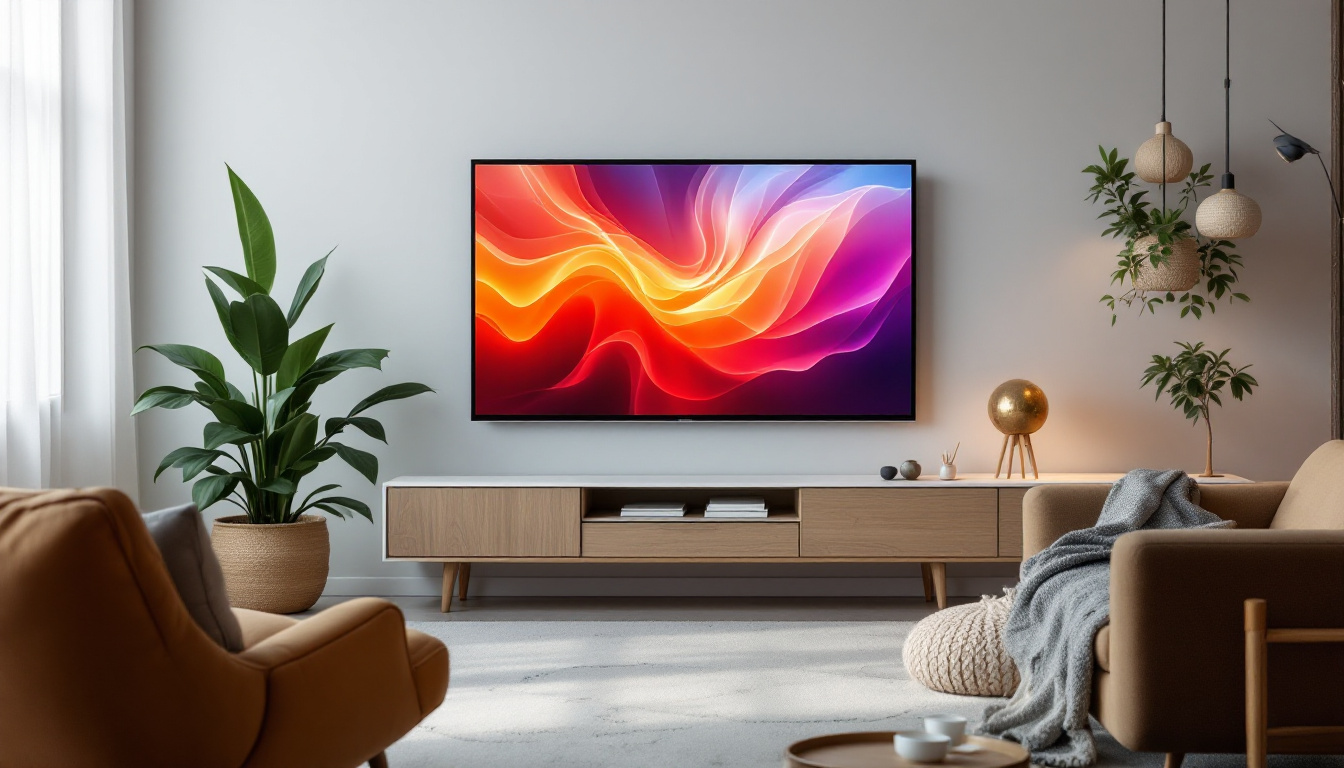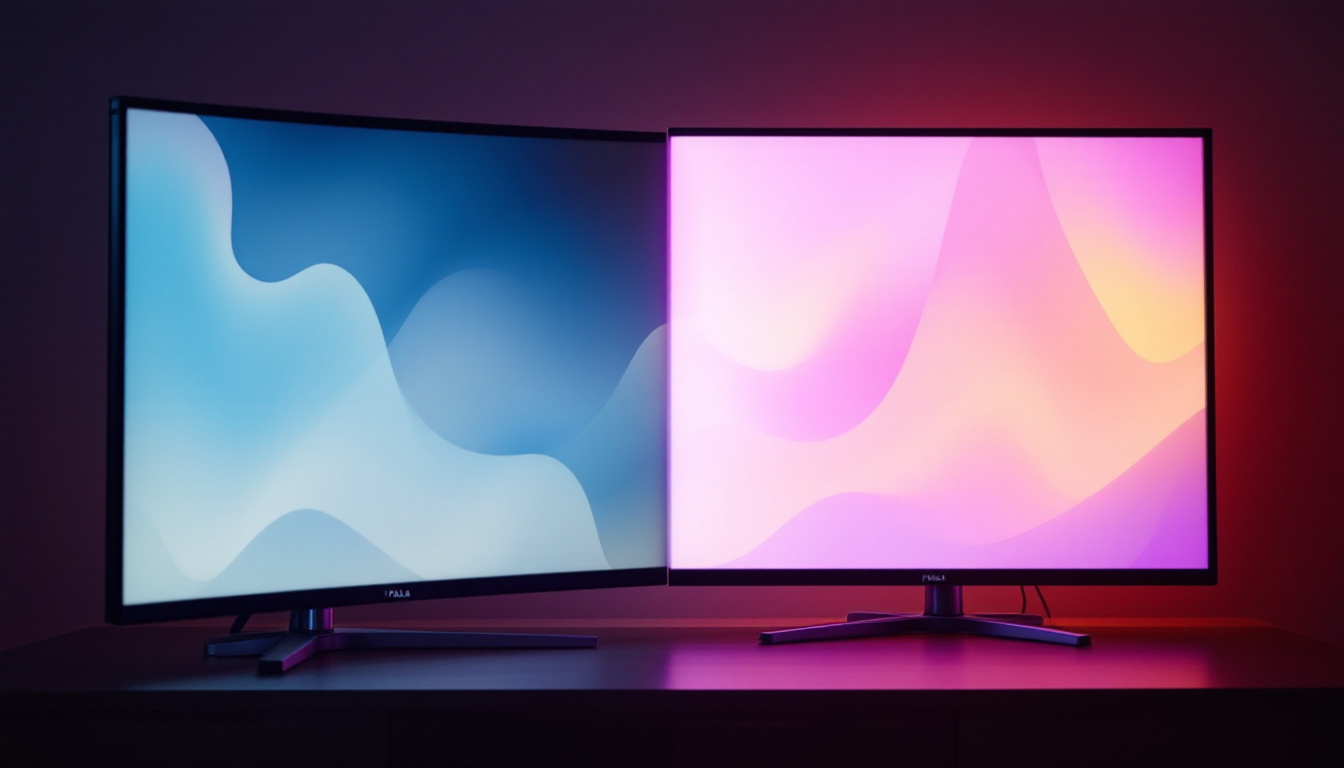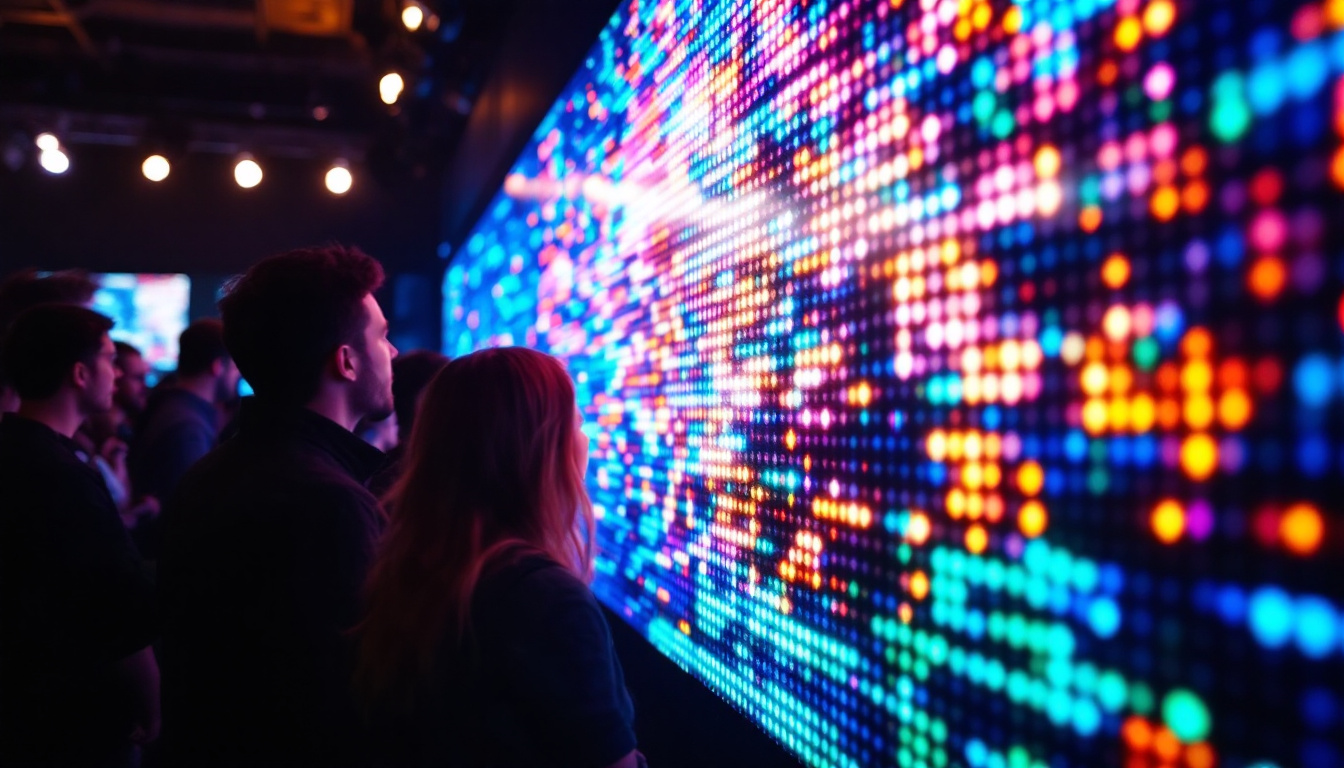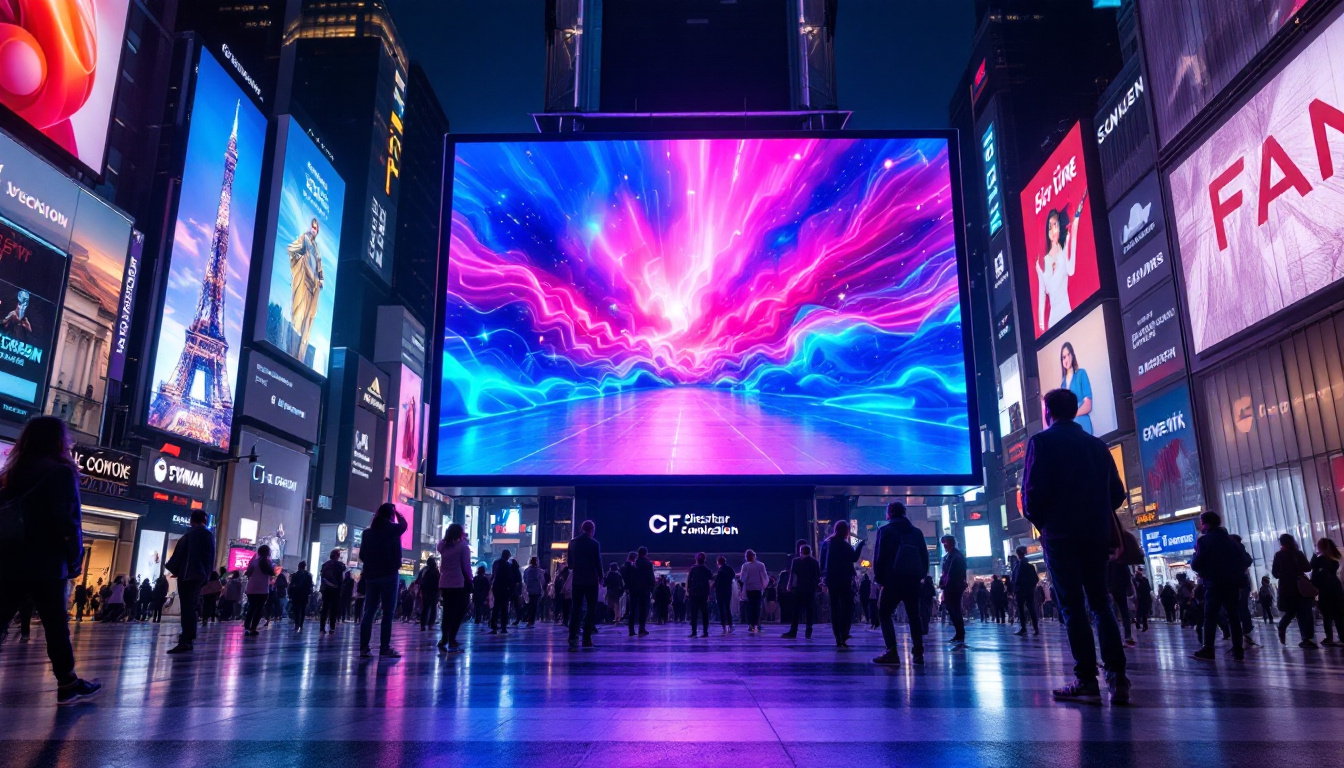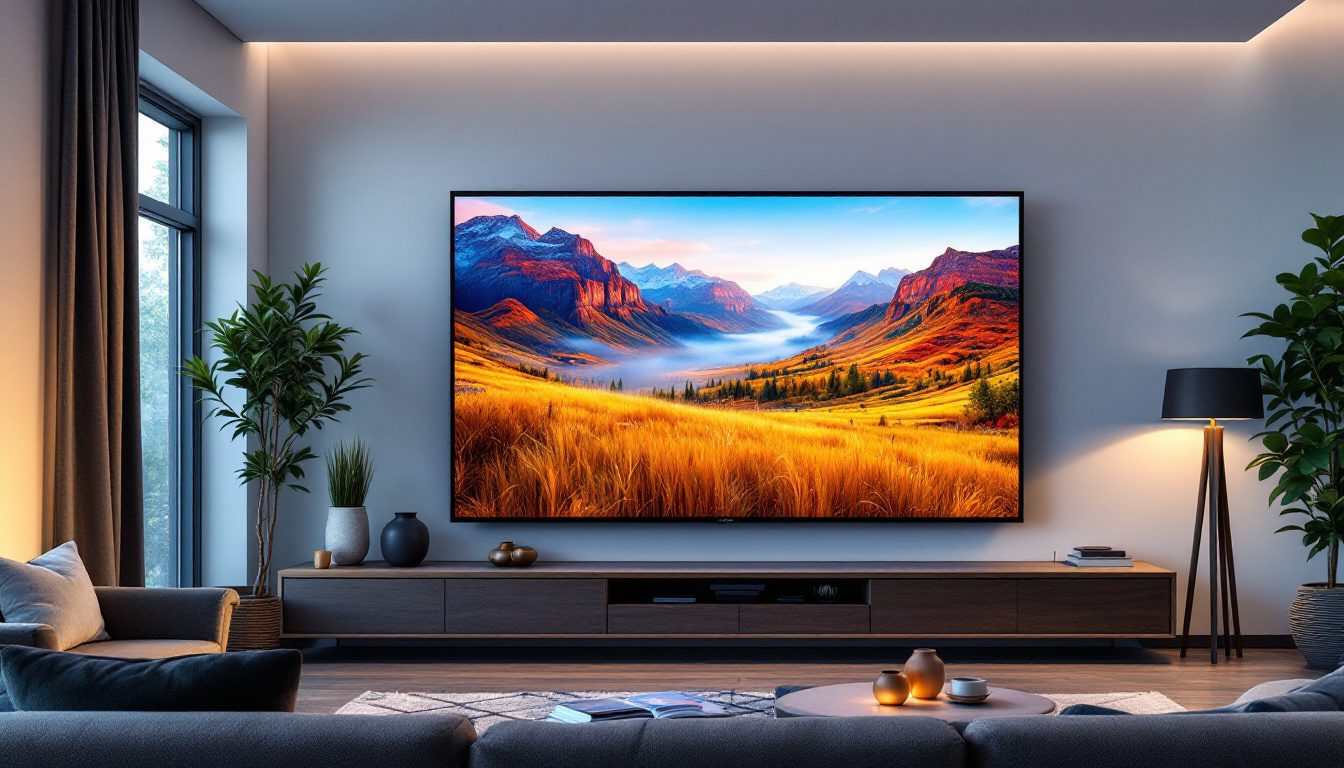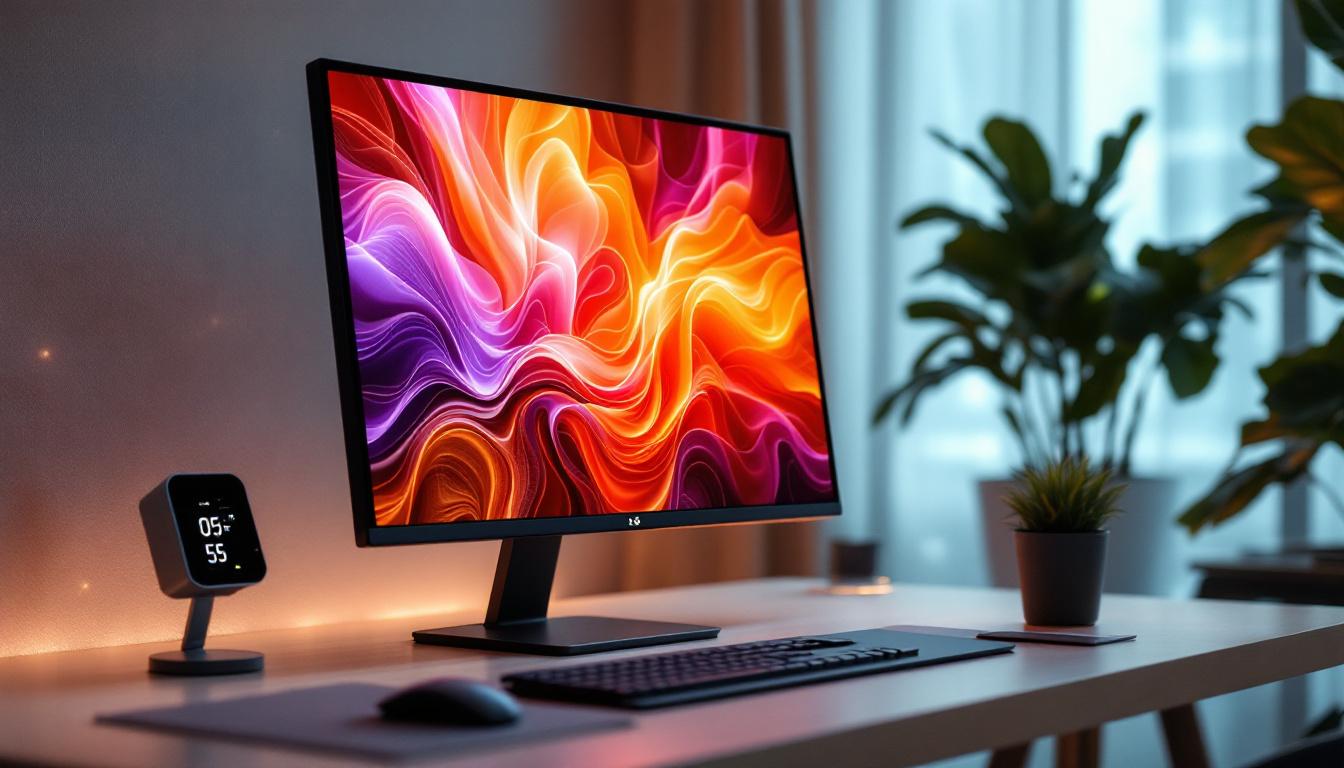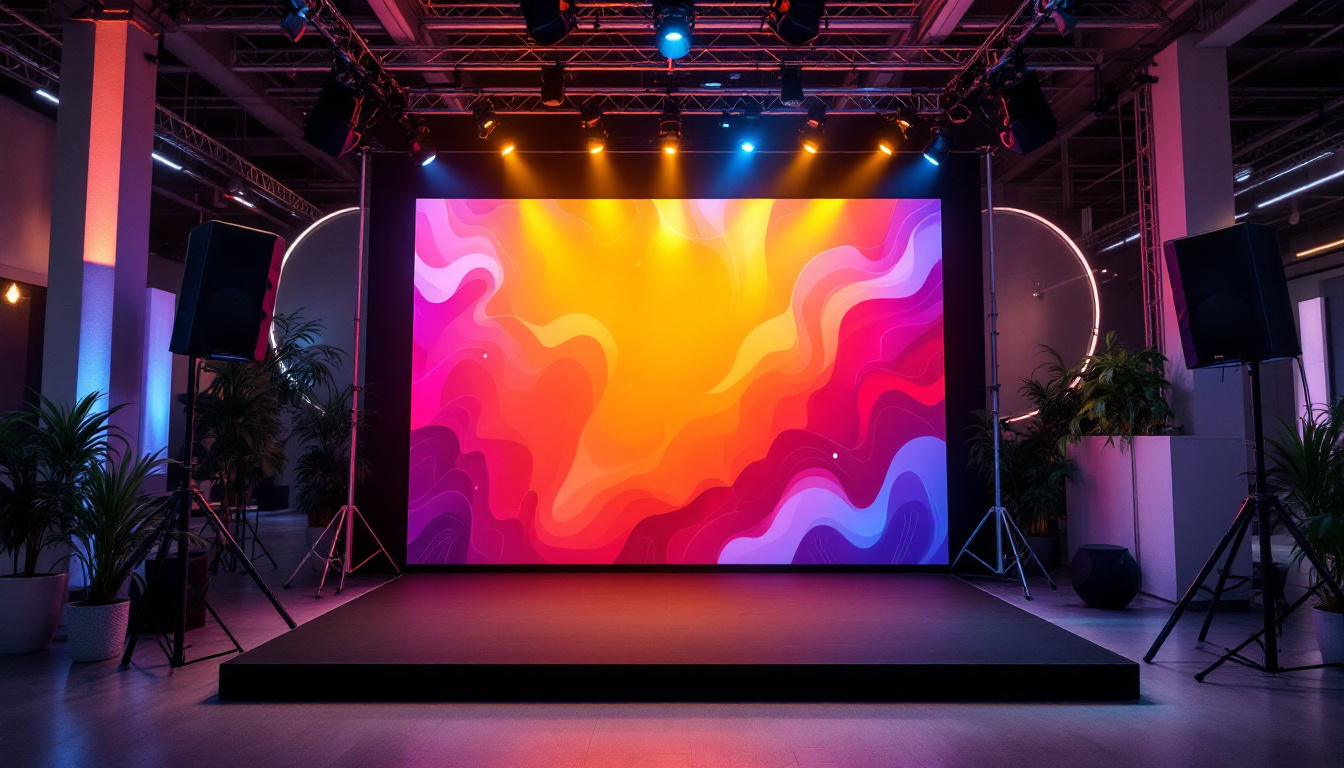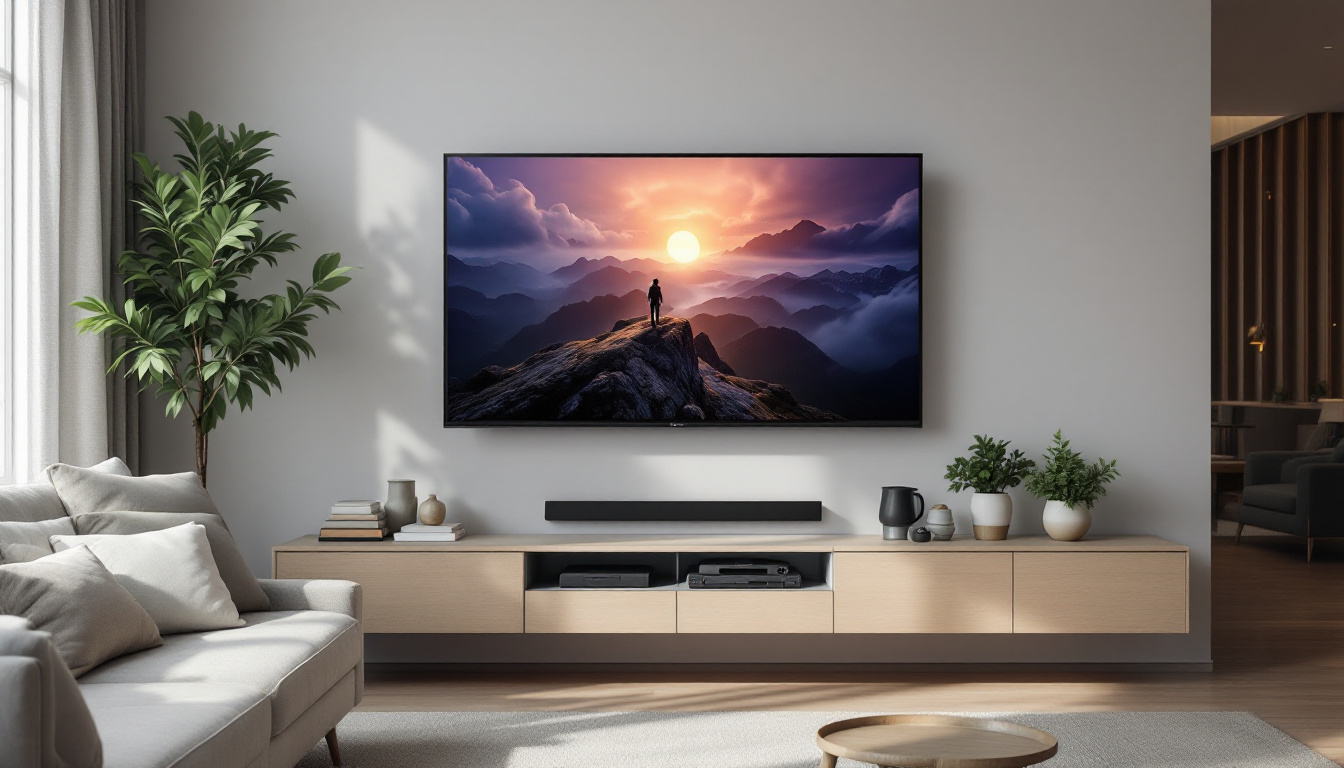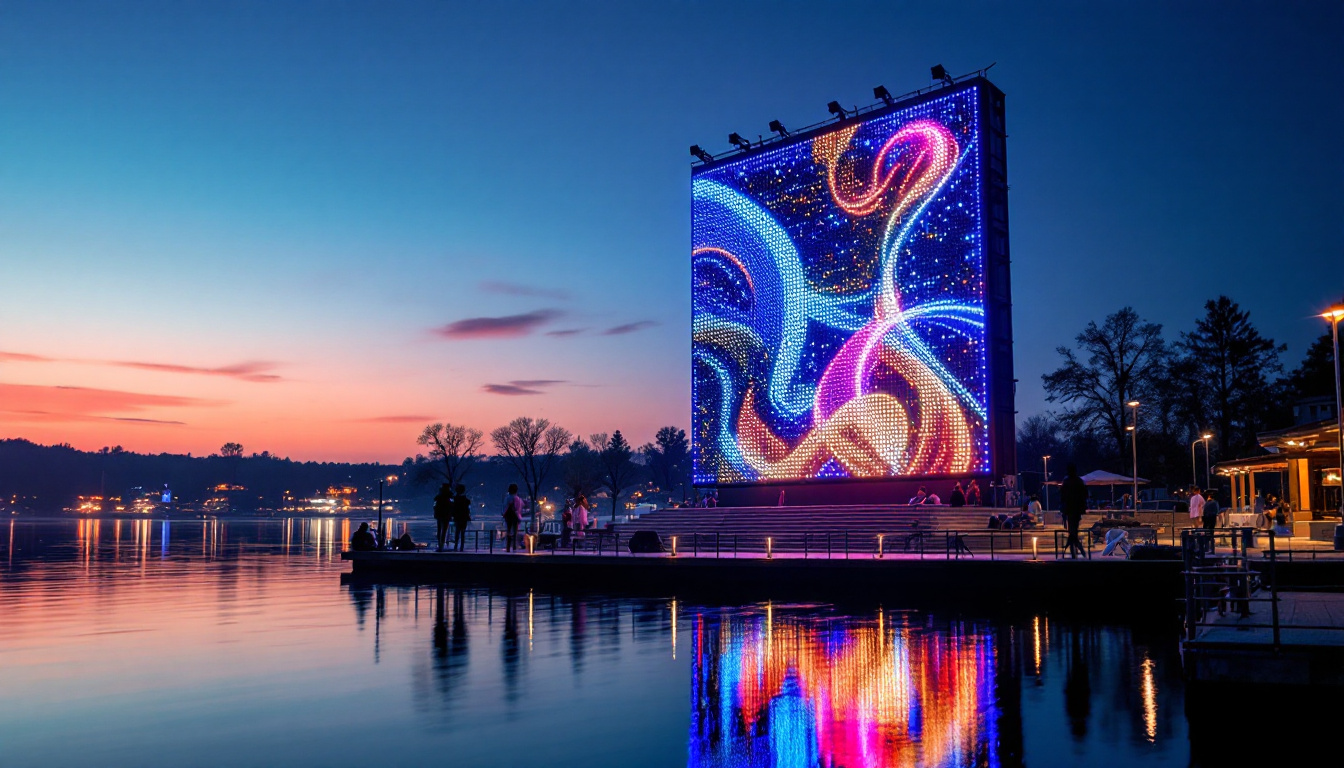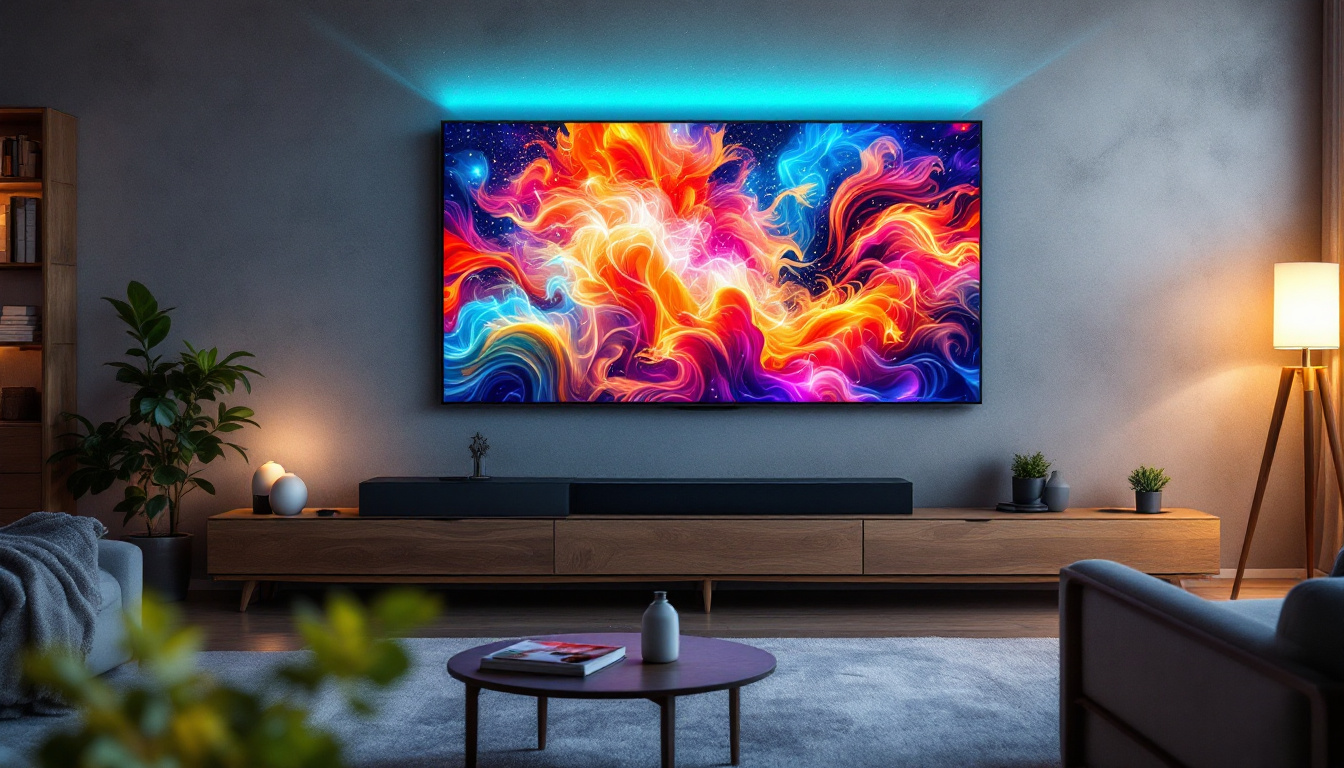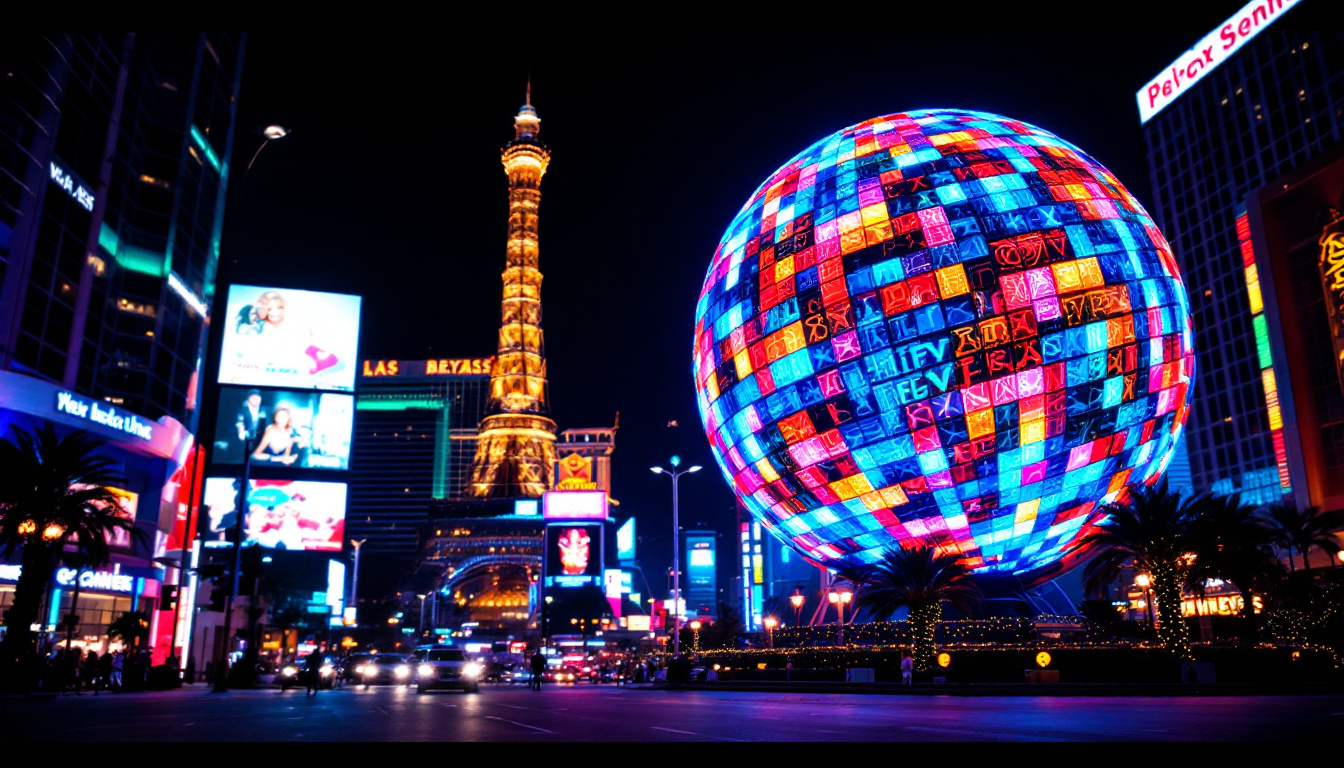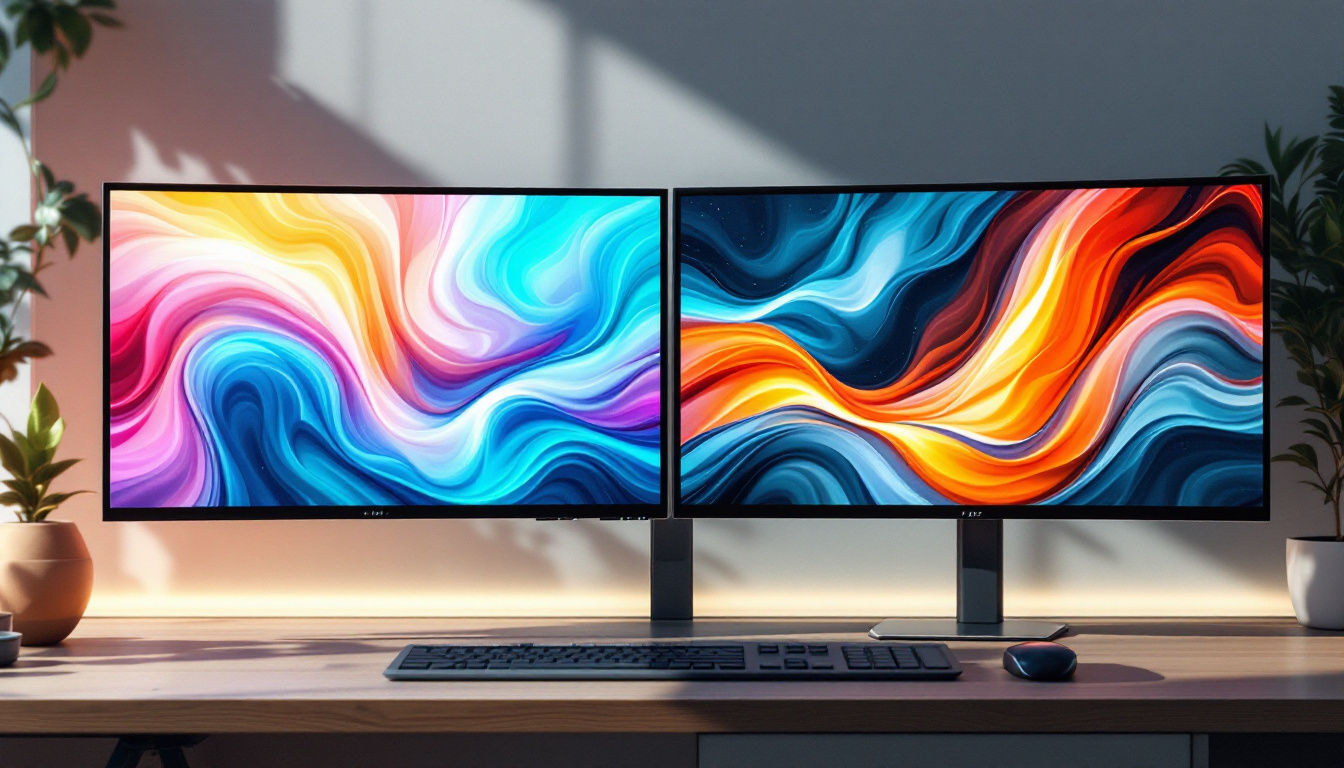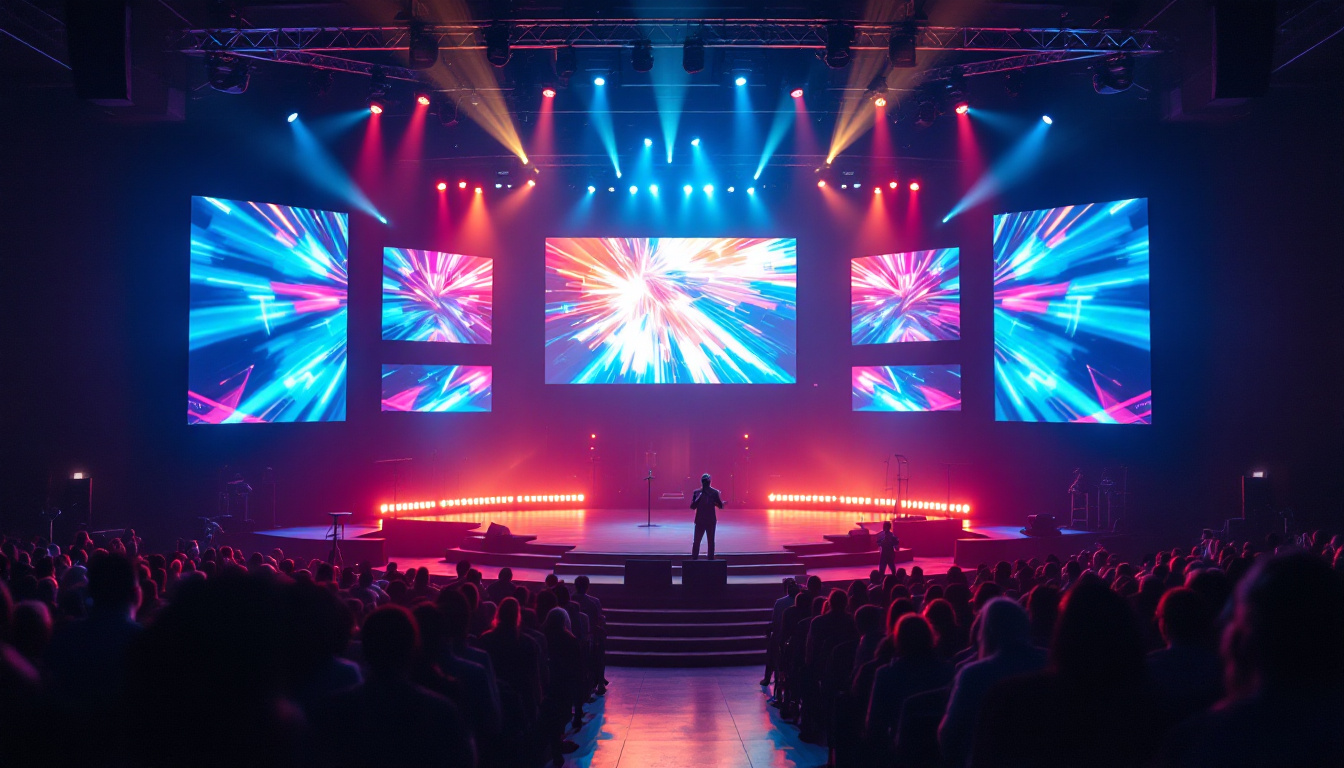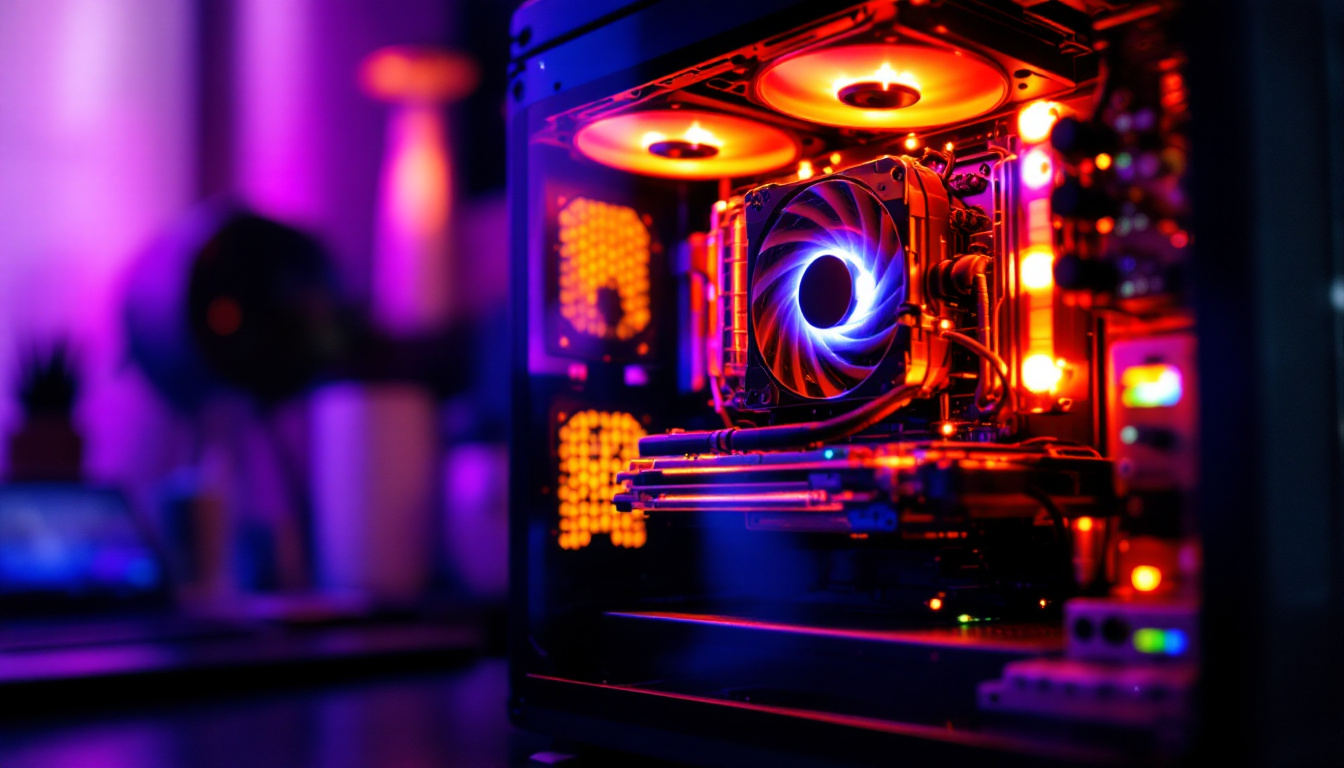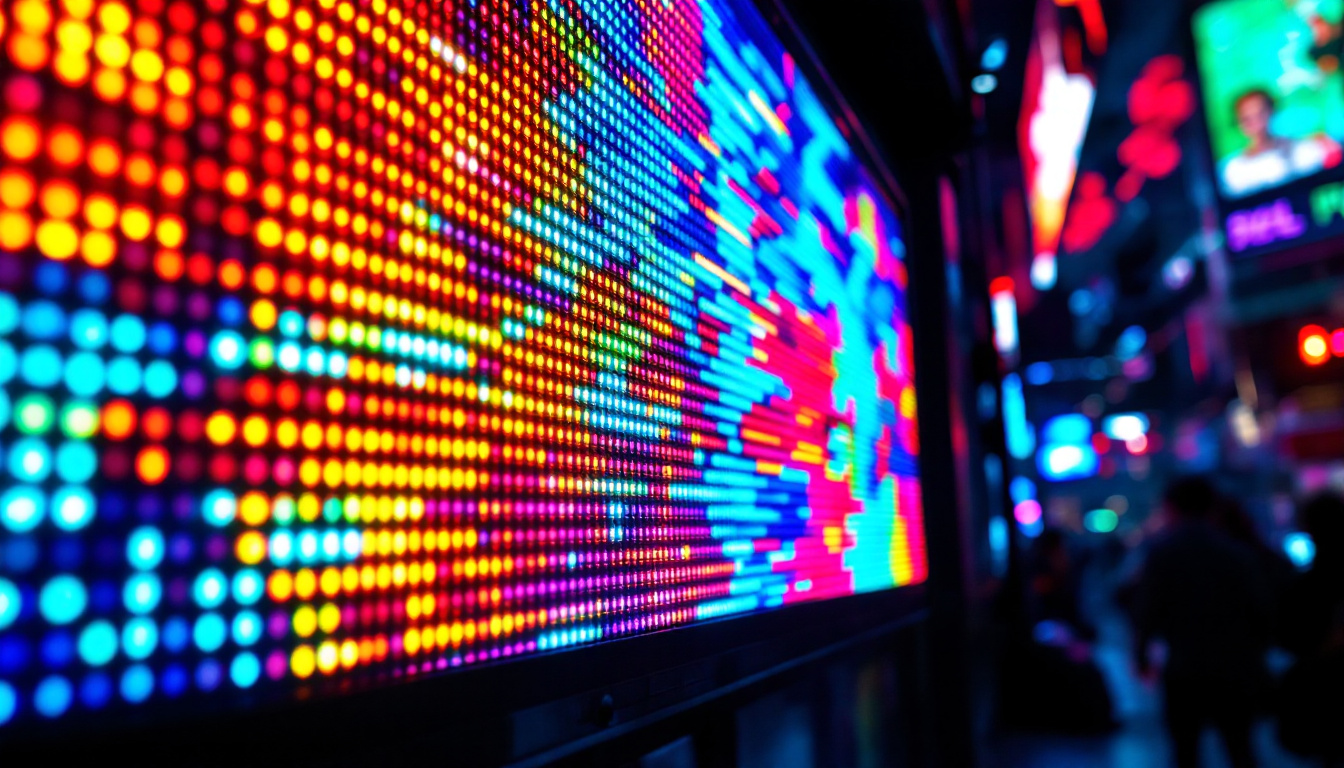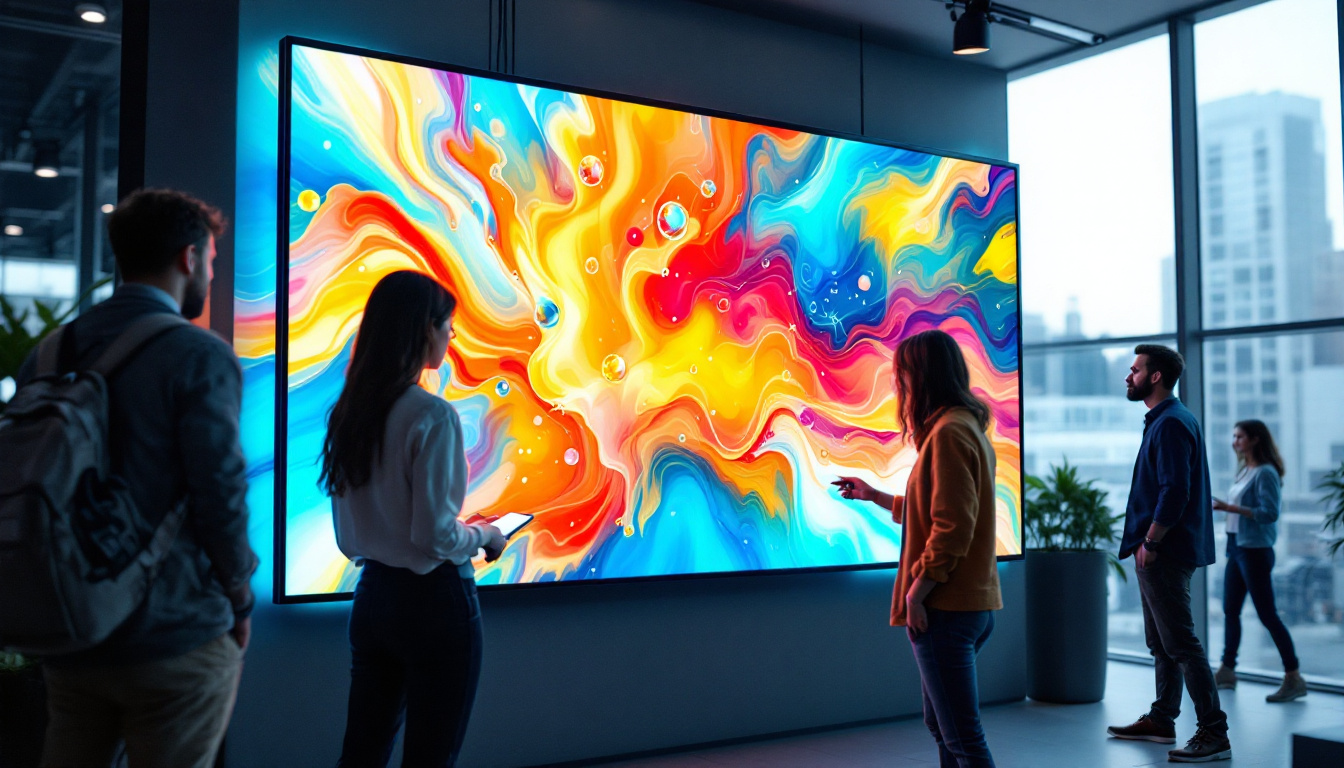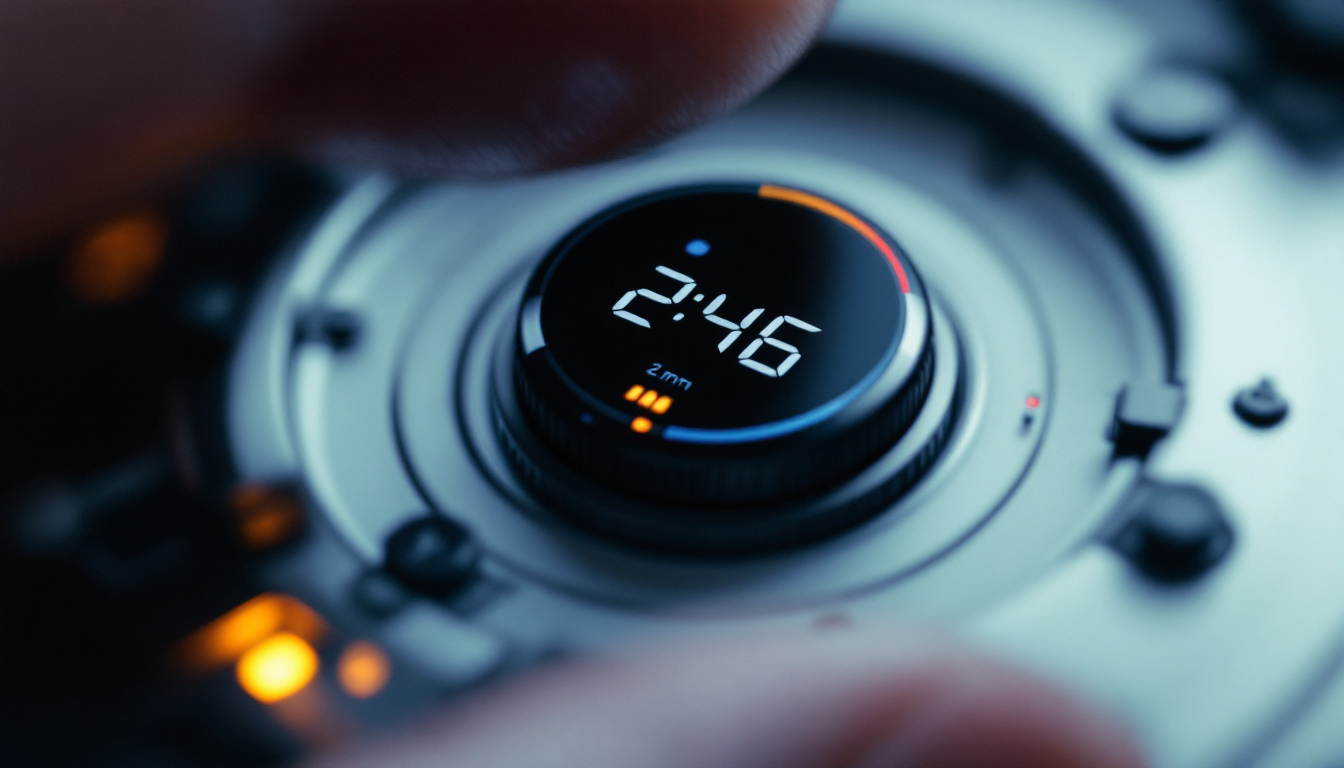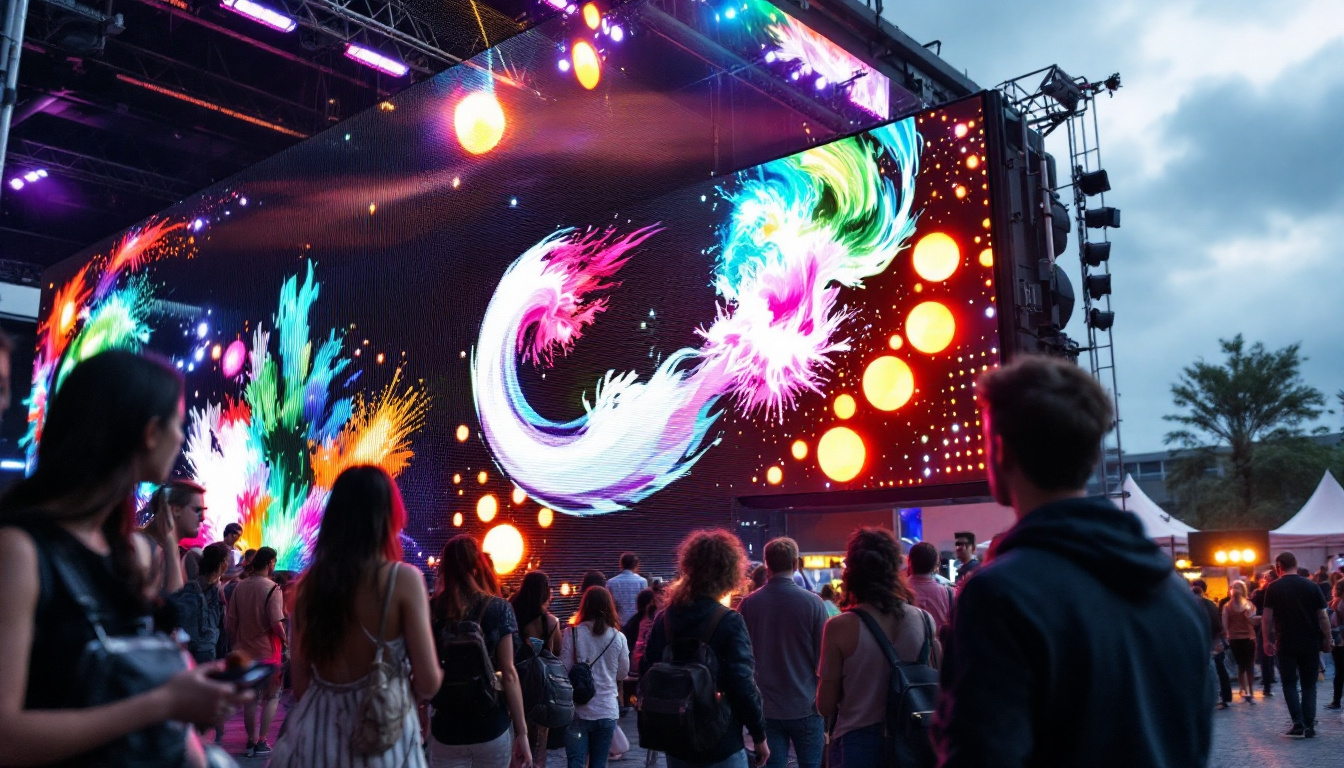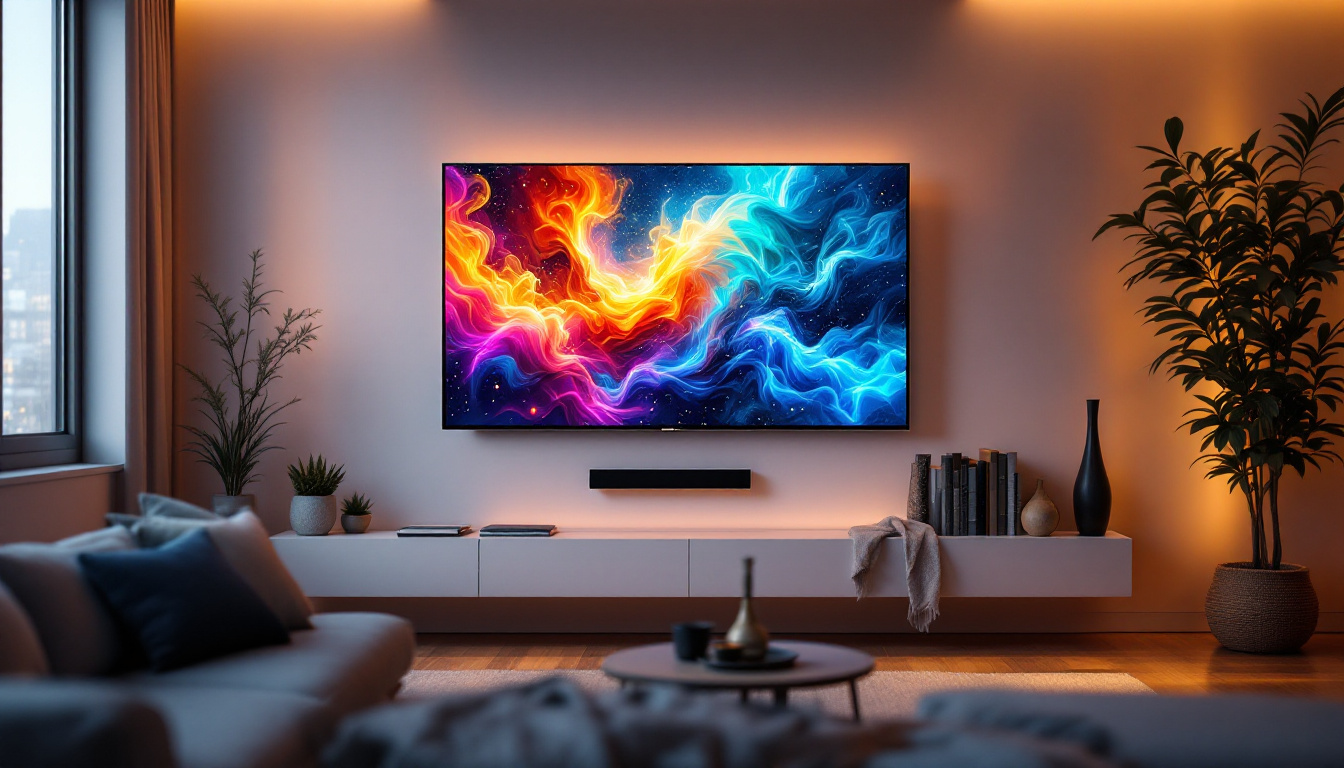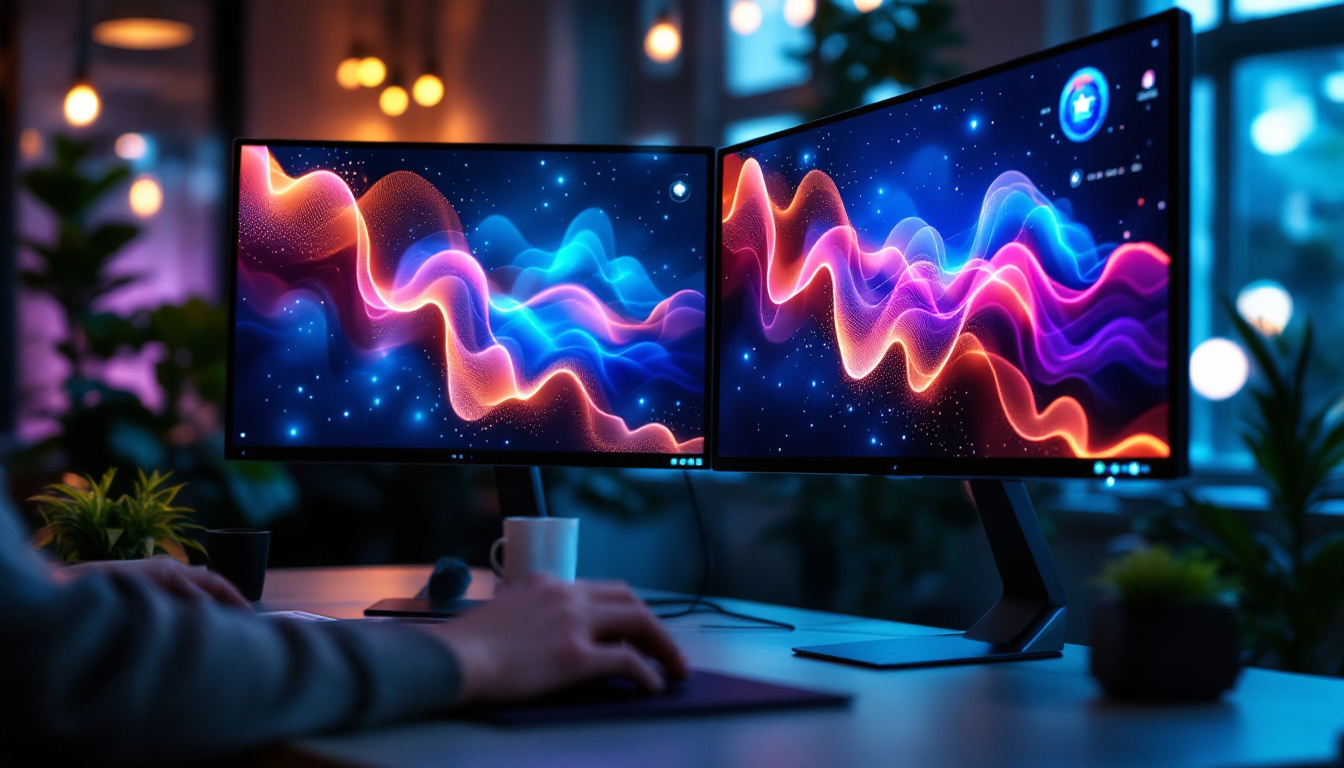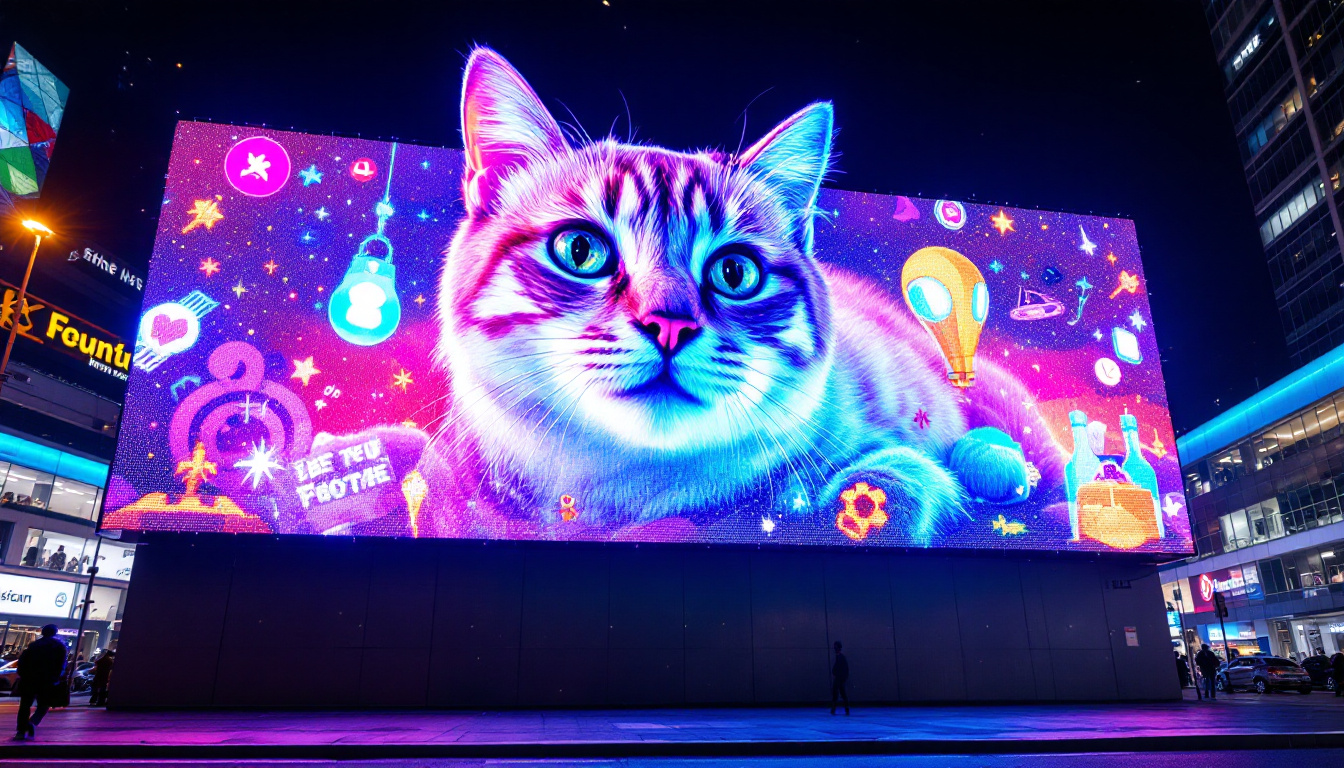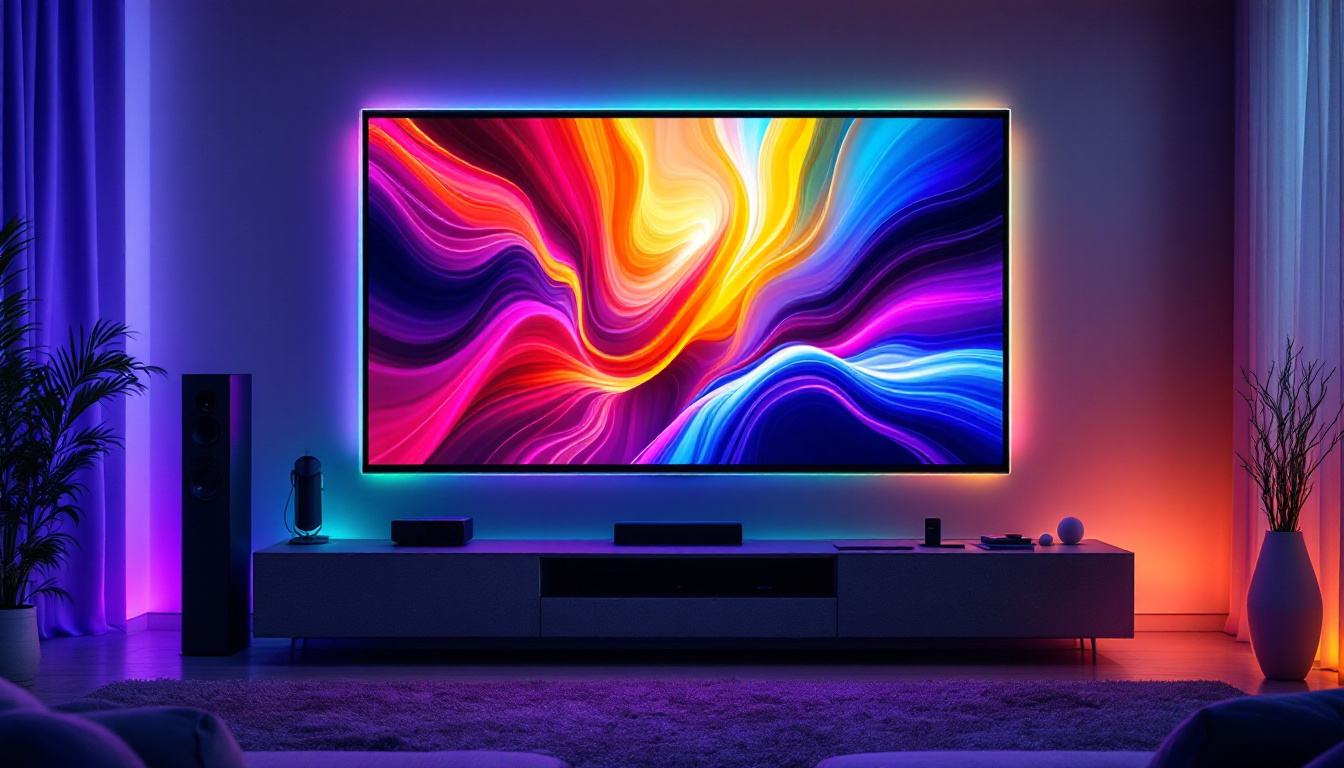In the realm of modern visual technology, LED wall displays have emerged as a transformative medium for communication, entertainment, and advertising. These vibrant screens are not just a feast for the eyes; they are a powerful tool that can convey messages and emotions in ways traditional displays cannot. This article delves into the intricacies of LED wall pictures, exploring their technology, applications, and benefits.
Understanding LED Technology
Light Emitting Diodes (LEDs) have revolutionized the way we perceive light and color. Unlike traditional bulbs that emit light in all directions, LEDs are highly efficient and focused, making them ideal for display purposes. Their compact size and versatility allow them to be integrated into a wide range of applications, from home lighting to intricate electronic devices, enhancing both functionality and aesthetics.
The Basics of LED Functionality
At its core, an LED is a semiconductor device that emits light when an electric current passes through it. The color of the light depends on the materials used in the semiconductor. This technology allows for a wide range of colors and brightness levels, making LEDs perfect for creating vivid displays. Furthermore, the lifespan of an LED can reach up to 50,000 hours or more, significantly outlasting traditional lighting options. This longevity not only reduces the frequency of replacements but also contributes to lower maintenance costs over time.
LEDs are also incredibly energy-efficient. They consume significantly less power compared to incandescent or fluorescent lights, which not only reduces energy costs but also minimizes environmental impact. This efficiency is particularly beneficial for large-scale displays that operate for extended periods. In fact, the energy savings from switching to LED technology can be substantial, leading to a decrease in carbon footprint and promoting sustainability in various industries.
Types of LED Displays
LED displays come in various types, each tailored for specific applications. The most common types include:
- Direct View LED: These displays are made up of individual LED modules that are directly visible to the viewer. They are often used in outdoor settings, such as billboards and stadium screens.
- LED Video Walls: Composed of multiple LED panels, these walls can create large, seamless images. They are commonly used in concerts, events, and corporate settings.
- Transparent LED Displays: These innovative displays allow for visibility through the screen while still showcasing vibrant content. They are ideal for retail environments where product visibility is crucial.
In addition to these common types, there are also specialized LED displays designed for niche applications. For instance, Flexible LED Displays can be bent and shaped to fit unconventional spaces, making them perfect for creative installations and artistic displays. Similarly, RGB LED Displays utilize red, green, and blue light to create a full spectrum of colors, allowing for dynamic and colorful presentations that can adapt to various themes and moods. The continuous evolution of LED technology is paving the way for even more innovative applications, such as smart displays that can interact with users and adapt their content based on real-time data.
Applications of LED Wall Pictures
LED wall pictures have found their way into numerous industries, each leveraging the technology to enhance their communication strategies. The versatility of LED displays makes them suitable for a wide range of applications.
Advertising and Marketing
One of the most prominent uses of LED wall displays is in advertising. Businesses utilize these vibrant screens to capture the attention of potential customers. The dynamic nature of LED displays allows for eye-catching animations and videos that can convey messages more effectively than static advertisements.
From retail stores to outdoor billboards, LED displays can be strategically placed to maximize visibility and engagement. The ability to change content in real-time means that businesses can tailor their messages based on time, audience, or even current events, making their advertising efforts more relevant and impactful.
Entertainment and Events
In the entertainment industry, LED wall pictures play a crucial role in enhancing the audience experience. Concerts, festivals, and sporting events often feature large LED screens that display live footage, graphics, and animations, creating an immersive environment for attendees.
Moreover, event organizers can use LED displays to provide information, such as schedules and directions, ensuring that the audience remains informed and engaged throughout the event. This integration of technology not only enhances the visual experience but also improves overall event management.
Corporate and Educational Use
In corporate environments, LED wall displays are increasingly used for presentations, training sessions, and conferences. The clarity and brightness of LED screens make them ideal for displaying complex data and visuals, ensuring that all attendees can easily see and understand the content being presented.
In educational settings, LED displays can facilitate interactive learning experiences. Schools and universities can use these screens for presentations, educational videos, and even interactive lessons, fostering a more engaging learning environment.
Benefits of LED Wall Displays
The advantages of using LED wall pictures extend beyond their visual appeal. They offer numerous benefits that make them a preferred choice for many applications.
High Visibility and Brightness
One of the standout features of LED displays is their exceptional brightness. Unlike traditional screens, LED displays maintain their visibility even in bright sunlight, making them perfect for outdoor use. This high visibility ensures that messages are seen clearly, regardless of the environmental conditions.
Additionally, LED technology allows for a wide range of brightness levels, enabling users to adjust the display according to their needs. This adaptability is particularly beneficial for venues that host various types of events.
Durability and Longevity
LED displays are known for their durability. They are built to withstand harsh weather conditions, making them suitable for outdoor installations. Unlike traditional screens, which may suffer from damage due to moisture or temperature fluctuations, LED displays are designed to last, reducing the need for frequent replacements.
The longevity of LED technology also translates into cost savings. While the initial investment may be higher than traditional displays, the reduced maintenance and replacement costs make LED displays a more economical choice in the long run.
Energy Efficiency
As mentioned earlier, LED displays are highly energy-efficient. This efficiency not only translates into lower electricity bills but also aligns with the growing emphasis on sustainability in various industries. By reducing energy consumption, businesses can contribute to environmental conservation while enjoying the benefits of modern technology.
Furthermore, many LED displays come equipped with smart technology that allows for automatic brightness adjustment based on ambient light conditions. This feature further enhances energy savings and ensures optimal performance at all times.
Choosing the Right LED Display
When considering an LED wall display, several factors must be taken into account to ensure that the chosen solution meets specific needs and requirements.
Resolution and Pixel Pitch
The resolution of an LED display is crucial for determining the clarity of the images and videos it displays. Pixel pitch, which refers to the distance between the individual pixels, plays a significant role in this aspect. A smaller pixel pitch results in higher resolution and sharper images, making it ideal for close viewing distances.
For applications such as indoor displays where viewers are close to the screen, a smaller pixel pitch is recommended. Conversely, for outdoor displays viewed from a distance, a larger pixel pitch may suffice.
Size and Configuration
The size of the LED display should align with the intended use and viewing distance. Larger displays are more effective for outdoor advertising and large venues, while smaller displays may be suitable for indoor environments.
Additionally, the configuration of the display should be considered. Modular LED displays can be customized to fit various shapes and sizes, allowing for creative installations that enhance the overall aesthetic of a space.
Installation and Maintenance
Proper installation of LED displays is essential for optimal performance. It is advisable to work with experienced professionals who understand the technical requirements and can ensure that the display is set up correctly.
Maintenance is another critical aspect to consider. Regular checks and servicing can prolong the lifespan of the display and ensure that it operates at peak performance. Many manufacturers offer maintenance packages that include routine inspections and repairs, providing peace of mind for users.
Future Trends in LED Display Technology
The world of LED display technology is constantly evolving, with new innovations emerging regularly. As industries continue to explore the potential of LED displays, several trends are shaping the future of this technology.
Integration with Smart Technology
As smart technology becomes increasingly prevalent, LED displays are being integrated with advanced features that enhance their functionality. This includes the ability to connect with mobile devices, enabling users to control content remotely and interact with the display in real-time.
Moreover, the integration of artificial intelligence (AI) is paving the way for more personalized content delivery. AI algorithms can analyze viewer behavior and preferences, allowing businesses to tailor their messages for maximum impact.
Advancements in Display Quality
The quest for higher resolution and better color accuracy continues to drive advancements in LED display technology. Innovations such as MicroLED and MiniLED are pushing the boundaries of display quality, offering even more vibrant colors and sharper images.
These advancements will likely lead to new applications and use cases, expanding the possibilities for LED displays in various industries.
Sustainability Initiatives
As environmental concerns become more pressing, the LED display industry is focusing on sustainability. Manufacturers are exploring eco-friendly materials and production processes to minimize their environmental footprint. This shift toward sustainability is not only beneficial for the planet but also aligns with the values of consumers who prioritize eco-conscious brands.
Conclusion
LED wall pictures represent a significant advancement in display technology, offering unparalleled brightness, energy efficiency, and versatility. Their applications span across advertising, entertainment, corporate environments, and education, making them an invaluable asset in today’s visually driven world.
As technology continues to evolve, the future of LED displays looks promising, with innovations that will further enhance their capabilities and applications. Investing in LED wall displays is not just a choice for today; it is a step toward embracing the future of visual communication.
Discover LumenMatrix LED Display Solutions
Ready to elevate your visual communication with the latest in LED technology? LumenMatrix is at the forefront of creating immersive and dynamic visual experiences. Whether you’re looking to captivate your audience with an Indoor LED Wall Display, make a bold statement with an Outdoor LED Wall Display, or innovate with a Custom LED Display, LumenMatrix has the solution for you. Our mission is to transform your message into a powerful visual narrative that engages and inspires. Don’t miss the opportunity to revolutionize your space. Check out LumenMatrix LED Display Solutions and join the future of visual storytelling today.

